PAPAS Newsletter: Breeding for Nematode Resistance in Commercial Potato Varieties
Learn more about one of the objectives of the PAPAS project: to develop cultivars resistant to several nematodes that attack potatoes.
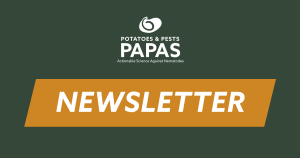
Learn more about one of the objectives of the PAPAS project: to develop cultivars resistant to several nematodes that attack potatoes.

Find a Potato Field Day event near you and make plans to join us in addressing potato nematode management.

Read our newsletter to learn more about the PAPAS project goals, research team, and industry impact of potato nematodes.
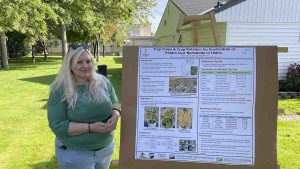
Planting quinoa could provide a profitable rotation crop for potato farmers in eastern Idaho who are dealing with an infestation of pale cyst nematode (PCN).
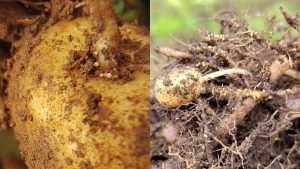
The researchers will target two species of potato cyst nematodes — the pale cyst nematode, which is known in the U.S. to exist only in a small area of eastern Idaho, and the golden nematode, found in New York.
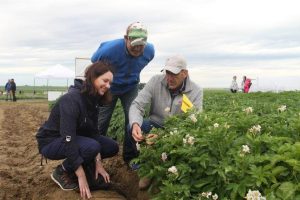
A team of scientists and researchers named Potatoes & Pests – Actionable Science Against Nematodes (PAPAS) announced today their plans to address industry-wide challenges in managing potato nematodes.

PAPAS is developing computational tools with Artificial Intelligence (AI) and machine learning (ML) to support potato nematode detection, mitigation, and management.
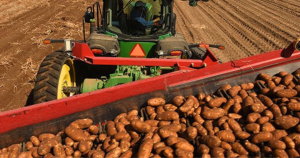
Research addressing the potential profitability of nematode resistant potato varieties.
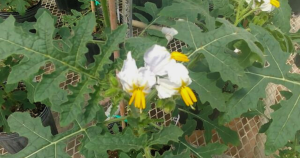
Investigating the chemical composition of litchi tomato for potential nematicide formulations.
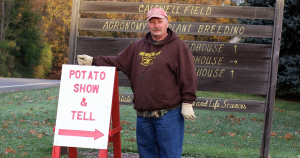
Potato breeders and the nematologists who support them need guidance from the potato industry about what constitutes a winner.